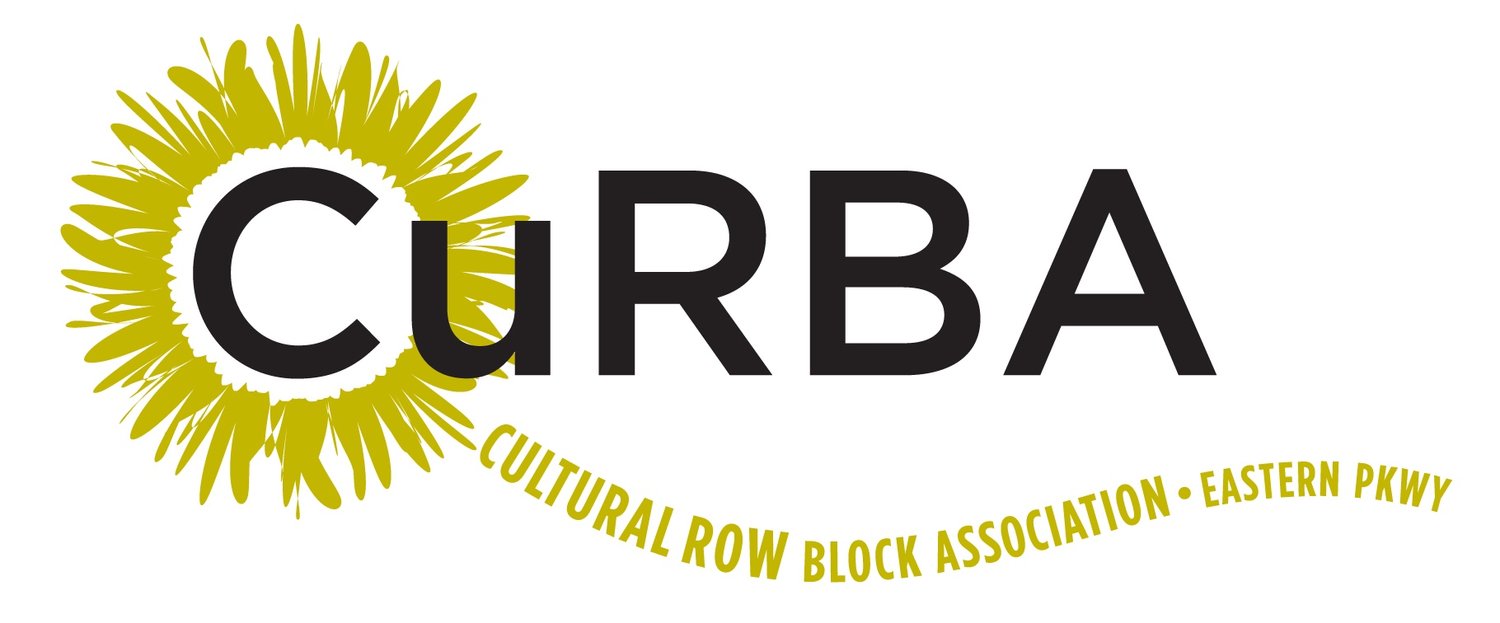Brooklyn's Champs-Elysées
Looking down Eastern Parkway from Grand Army Plaza’s Memorial Arch, past the Brooklyn Public Library, past the Botanic Garden and McKim, Mead and White’s Brooklyn Museum, you might be reminded of Paris and the broad avenues that radiate from the Arc de Triomphe. Mapped out in 1868 by Frederick Law Olmsted and Calvert Vaux, Eastern Parkway extends a little over two miles, from Prospect Park to Ralph Avenue.
HANDSOME APARTMENT BUILDINGS and houses line the shady boulevard, including a few — like Copley Plaza and Turner Towers — that would not look out of place on Park Avenue. Affluent Jewish professionals moved here in the early 20th century, and the parkway came to embody the city’s promise of social mobility and integration. Today, it is associated with a different strain of Jewish identity: the Chabad-Lubavitch movement has its world headquarters a few blocks away.
Full article in The New York Times on May 18, 2013 by Sarah Harrison Smith.
